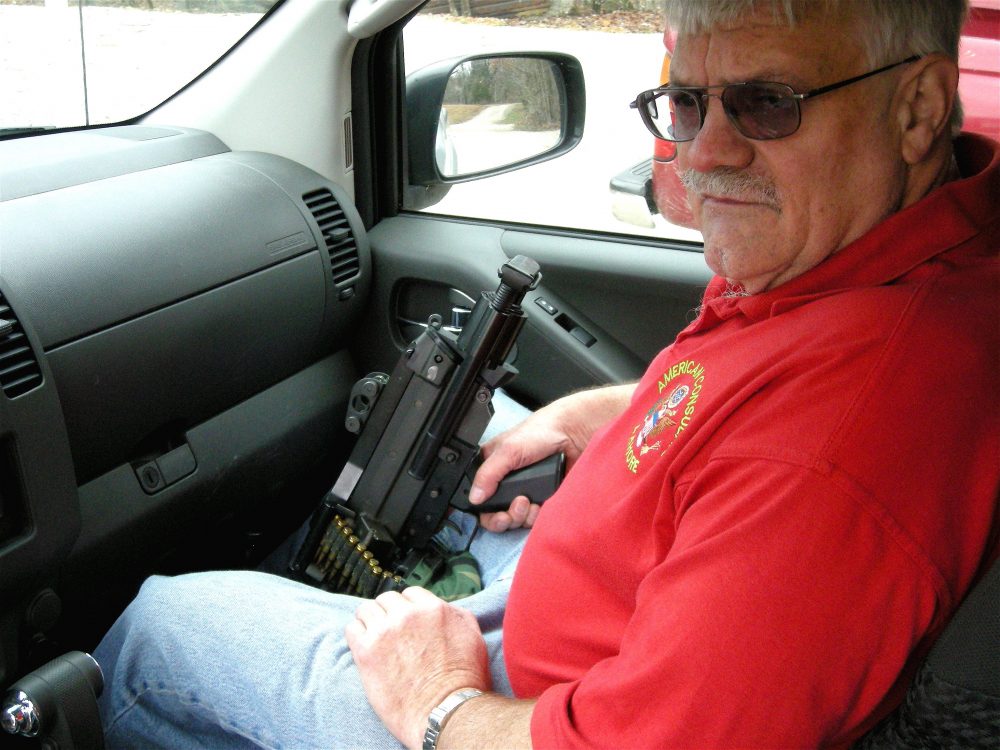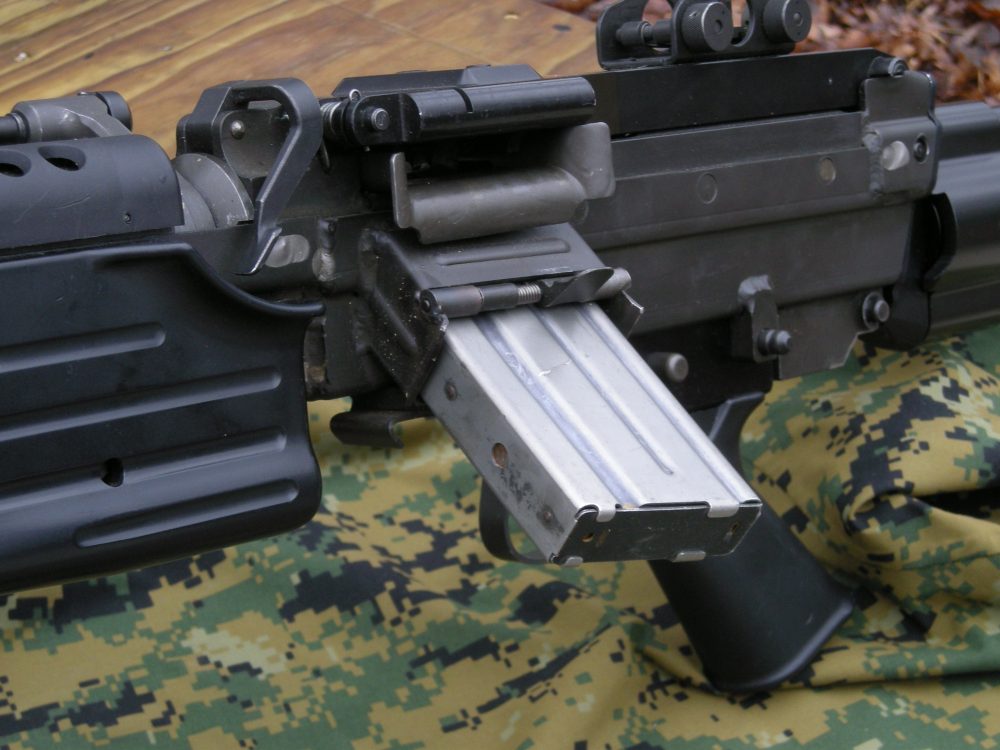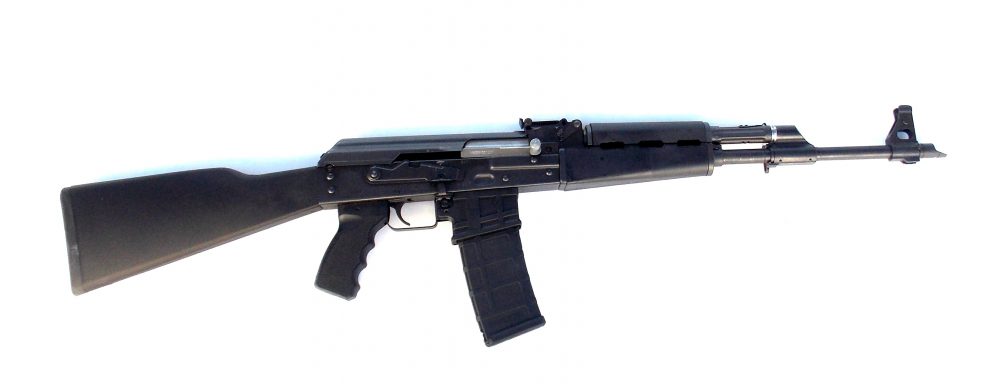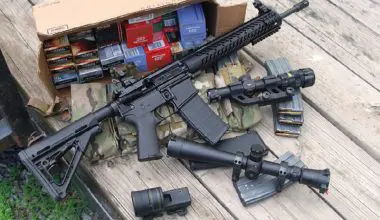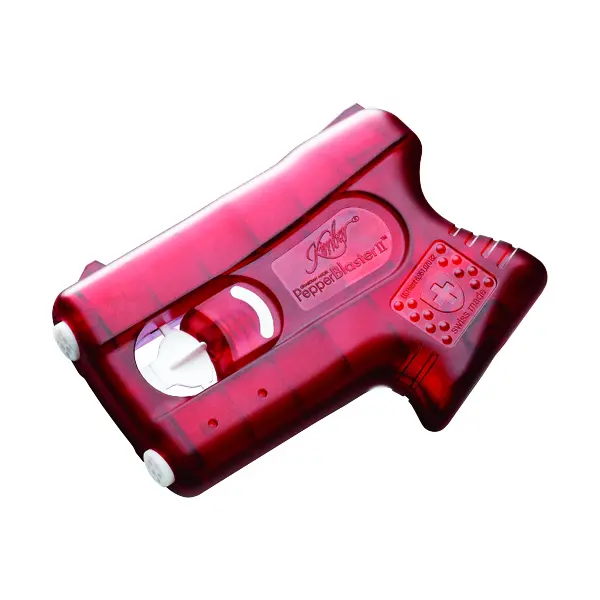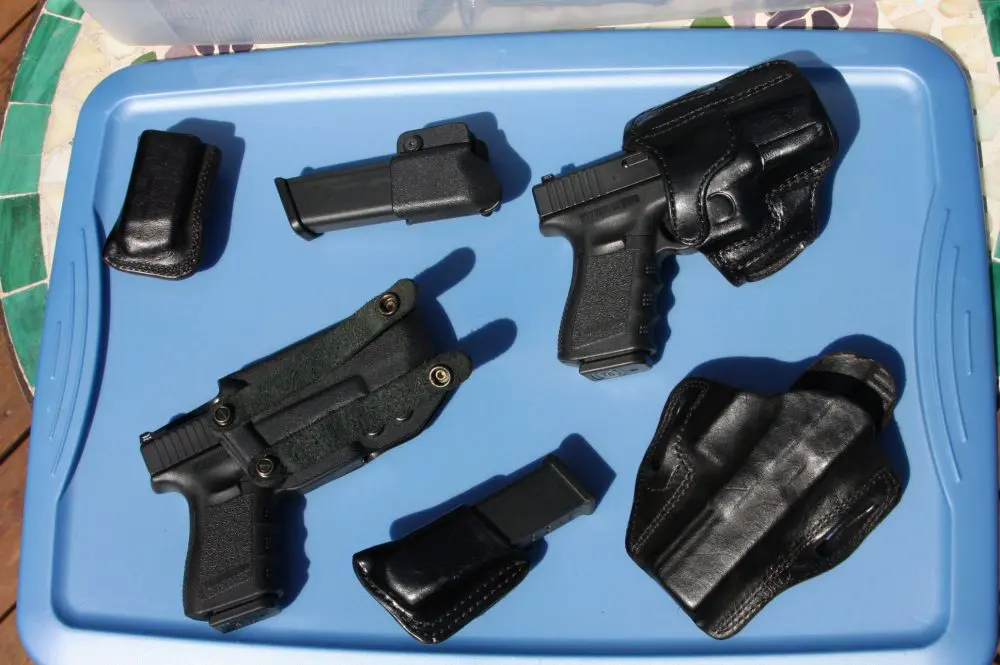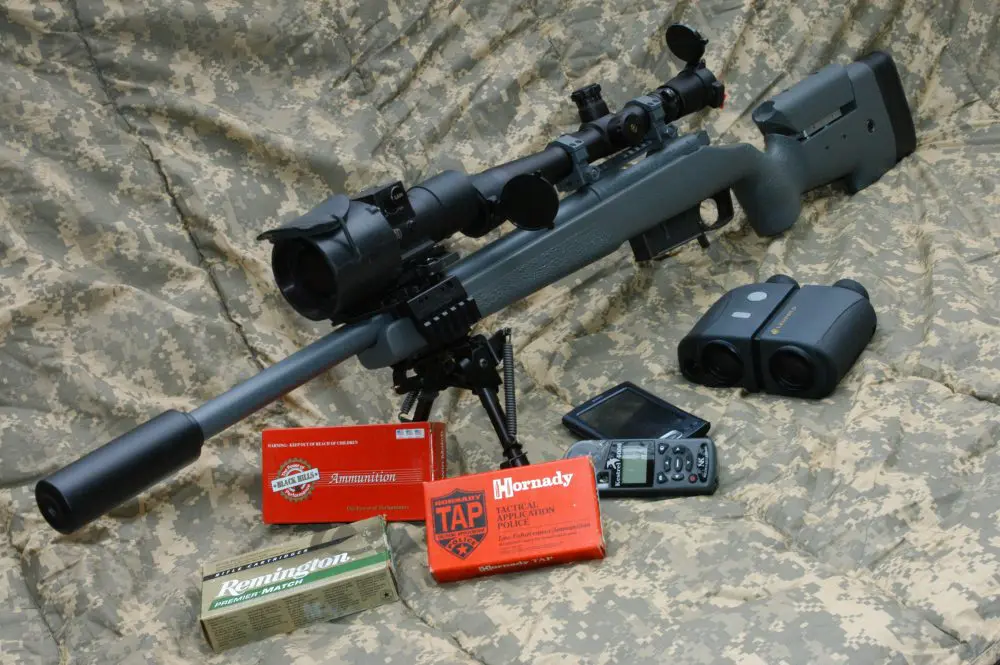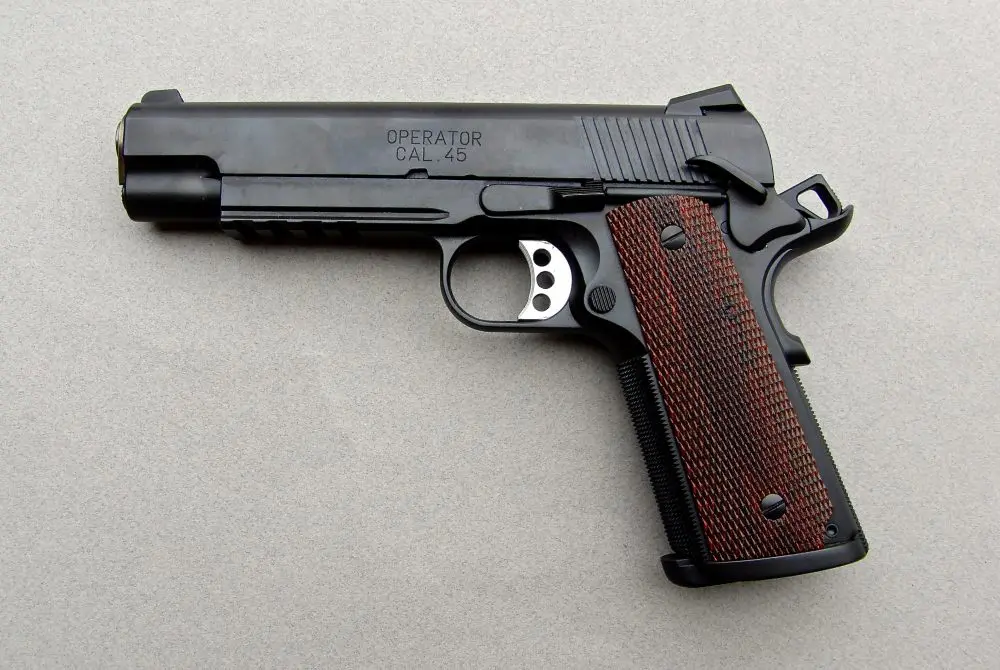A few months ago, I ran into a friend I hadn’t seen in several years, as he had been doing contract security work in Iraq and elsewhere. He said that on some details he had used M4s, but on others AKs, depending on what he was supplied or could scrounge. He also mentioned that Kalashnikov-based weapons were easiest to acquire in most places he had been working. That is logical and has been the experience of many contractors.
What I found interesting and got me thinking, though, was that he said they had used RPK Light Machine Guns (LMGs) in a lot of their motorcades.
M249 with stock extended and bipod deployed for use
I’ve done a reasonable amount of shooting with the RPK and the RPK-74, so am familiar with the weapon. First, I asked him if they had RPKs or RPKSs, the latter the folding-stock version. They had the fixed-stock RPK, which is about 41 inches in overall length. The fixed-stock RPK-74 is actually slightly longer, about six inches longer than a fixed-stock AK-47 and 15 inches longer than a folding-stock AK with stock folded.
One of the most important missions of an automatic weapon for a security team is to provide suppressive fire during an evacuation under fire or during counter-ambush drills. This normally requires the operator to bring his weapon into action from the vehicle immediately upon evacuating the vehicle. The RPK with its 75-round drum magazine or 40-round magazine is likely to bang, catch, snag, trip or otherwise impede using it from within a vehicle or exiting with it in a timely manner.
With stock collapsed, M249 Para may be carried next to operator riding shotgun in a trail car or team leader in the principal’s car.
One situation where the RPK would have had value was for use by a tail gunner in an SUV to light up pursuing vehicles. The other was in a support position when the motorcade was stopped and a heavier weapon would be useful for interdicting an approach. But in general, a carbine that could be more readily deployed and fired from the shoulder would be more useful.
I revisited this idea of an LMG for security details more recently when a contact in South America emailed me about wanting to up-gun the team he was on protecting the owner of various mines and factories. Some of the mines were in fairly remote locations and there was danger from insurgents as well as labor unrest.
He planned to get either a couple of M249 LMGs and/or M60 GPMGs. He also was attempting to negotiate for me to come do a training course, but we were quite a ways apart on money.
Although capability exists to use STANAG magazines with the M249, it is not a desirable option.
Still, I did give some thought to how well the M249 might perform with a security team. I was surprised to discover when I did some experimenting that it could be used, though it would have many limitations. First, I think a security team would want the Para model of the M249. The standard M249 is 40.75 inches overall and 22 pounds loaded. Due to its shorter barrel and sliding aluminum buttstock, the Para model is only 35 inches overall and about 20 pounds loaded. It is still too heavy and bulky to deploy inside a vehicle except as a tail gun, but it can be stowed next to the front-seat operator for rapid deployment when debussing.

The M249 is fed from M27 linked belts, either held in a hard plastic or soft canvas box attached below the weapon and holding 200 rounds. Some readers may be aware that the M249 can also be fed from a STANAG (M16) magazine. On the surface, this would seem to be an advantage for a security team armed with M4s. My feeling is: not so much!
STANAG magazines do not always feed the M249 reliably. Not only that, but taking magazines away from other members of the security team to quickly run them through the M249 would not normally be tactically sound, as they will be selecting targets and engaging them with a couple of rounds, thus better conserving ammo.
Barrels may be changed on the M249 if a spare head-spaced to the LMG is available, but that is not really a major consideration for a security team unless entrenched and facing a serious attack. The folding bipod of the M249 is an advantage if engaging attackers from a position in support of other members of the team or covering an evacuation under fire.
The M249’s stock may be deployed relatively quickly, allowing the operator to engage with the weapon shortly after leaving a vehicle. With training, the M249 may be shoulder fired, but it takes an operator with good upper-body strength. Members of security teams are generally in pretty good physical condition, so that might work, but if possible, it would be more effective to go prone using the bipod or brace the bipod on a wall or other surface for better engagement.
The M249’s sights are fairly usable, and the weapon is accurate in controlled bursts. If the tactical situation indicated the need for the M249’s firepower and there were time to get it deployed, it could turn an ambush or cover an evacuation.
I would still have problems with the M249’s lack of portability compared to a rifle. M4 carbines in the hands of members of the security team would allow faster reaction and could still throw out a lot of bullets to break an ambush or cover an evacuation under fire.
Even better, one or more members of the security team could be armed with .308 semi- or full-auto AR-type rifles with an ACOG or other optical sight. These would serve as more powerful weapons to break an ambush and could also fill the short- to medium-range counter-sniper role.
I have to conclude that a light machine gun, such as the M249, could be a valuable asset to a security team facing a serious threat. But a cost/benefit analysis would seem to show that in most circumstances it does not offer that great an advantage for a security team.
Leroy Thompson has trained hostage rescue, close protection, counterinsurgency, and anti-terrorist units in various parts of the world. Prior to Operation Desert Shield, he trained U.S. Army protective teams and hostage rescue units. He is the author of over 50 books on weapons and tactics and between 2,500 and 3,000 magazine articles.


